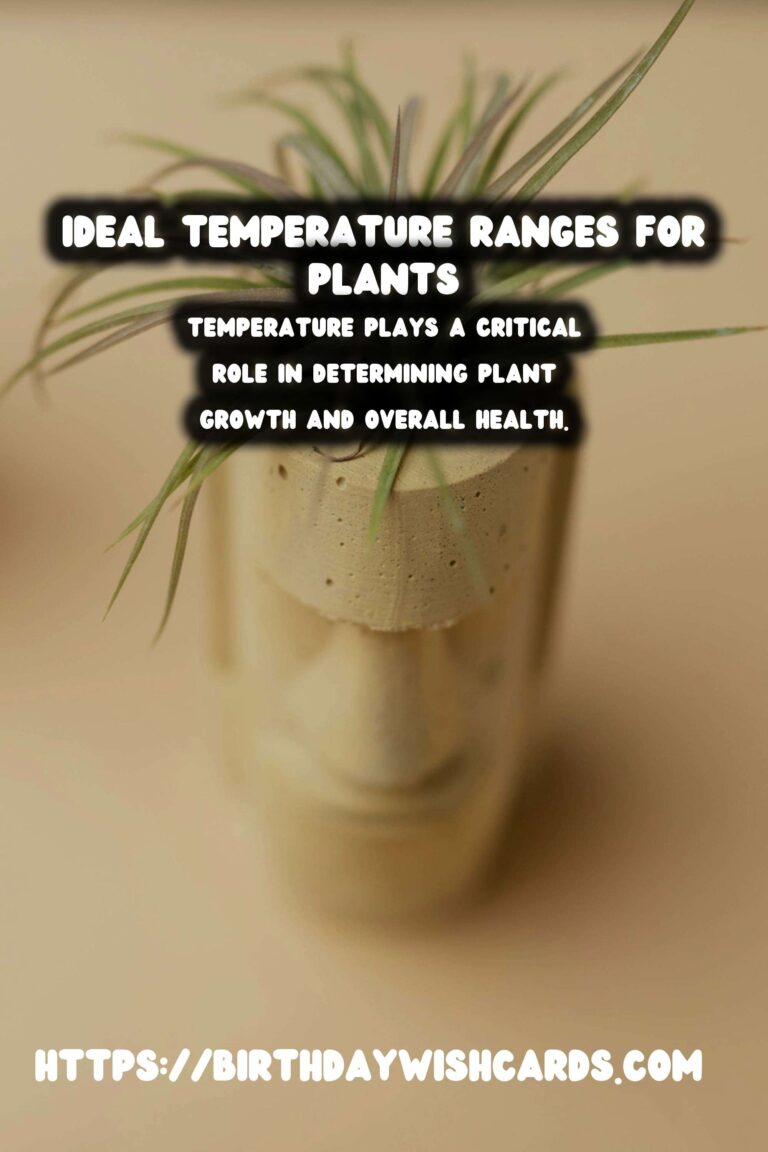
Plants, much like humans, have specific environmental needs to thrive. Among these, temperature plays a critical role in determining their growth and overall health. Understanding the temperature preferences of different plants can help gardeners and farmers optimize their growth conditions, leading to healthier plants and more bountiful yields.
Why Temperature Matters for Plants
Temperature influences a range of physiological processes in plants, including photosynthesis, respiration, and transpiration. Each plant species has a specific temperature range within which these processes occur most efficiently. Deviations from these optimal temperatures can lead to stress, reduced growth, and even plant death.
Temperature Tolerance: Cold and Heat
Plants have varying levels of tolerance to cold and heat, often categorized as hardy, tender, or semi-hardy. Hardy plants can withstand colder temperatures, while tender plants prefer warmer climates. Semi-hardy plants can tolerate mild frost but not extreme cold. Understanding these categories helps in selecting the right plants for specific climate zones.
Optimal Temperature Ranges for Common Plant Types
The ideal temperature ranges can vary significantly between plant types:
- Tropical Plants: These require consistently warm temperatures ranging from 65°F to 85°F (18°C to 29°C).
- Temperate Plants: Prefer moderate temperatures, typically between 50°F and 70°F (10°C to 21°C).
- Arctic-Alpine Plants: Adapted to cold climates, these thrive in temperatures below 50°F (10°C).
Adapting to Temperature Changes
Plants can adapt to gradual temperature changes, but sudden shifts can be detrimental. For indoor plants, maintaining a consistent temperature by avoiding drafty windows or direct heat sources is essential. Outdoor gardeners can use mulches or cloches to buffer against temperature extremes.
Temperature Monitoring and Tools
Using tools like digital thermometers and soil temperature probes can help gardeners monitor conditions closely. This data allows for timely interventions, such as moving plants indoors during cold spells or providing shade during heatwaves.
Conclusion: Achieving Temperature Balance
By understanding and managing plant temperature preferences, gardeners can ensure optimal growth conditions. Whether dealing with a lush indoor garden or a sprawling outdoor landscape, temperature management is key to healthy, thriving plants.
Temperature plays a critical role in determining plant growth and overall health. Understanding the temperature preferences of different plants can lead to healthier plants and more bountiful yields. Each plant species has a specific temperature range within which physiological processes occur most efficiently. Hardy, tender, and semi-hardy categories help in selecting the right plants for specific climate zones. Using tools like digital thermometers can help monitor plant temperature conditions closely. 
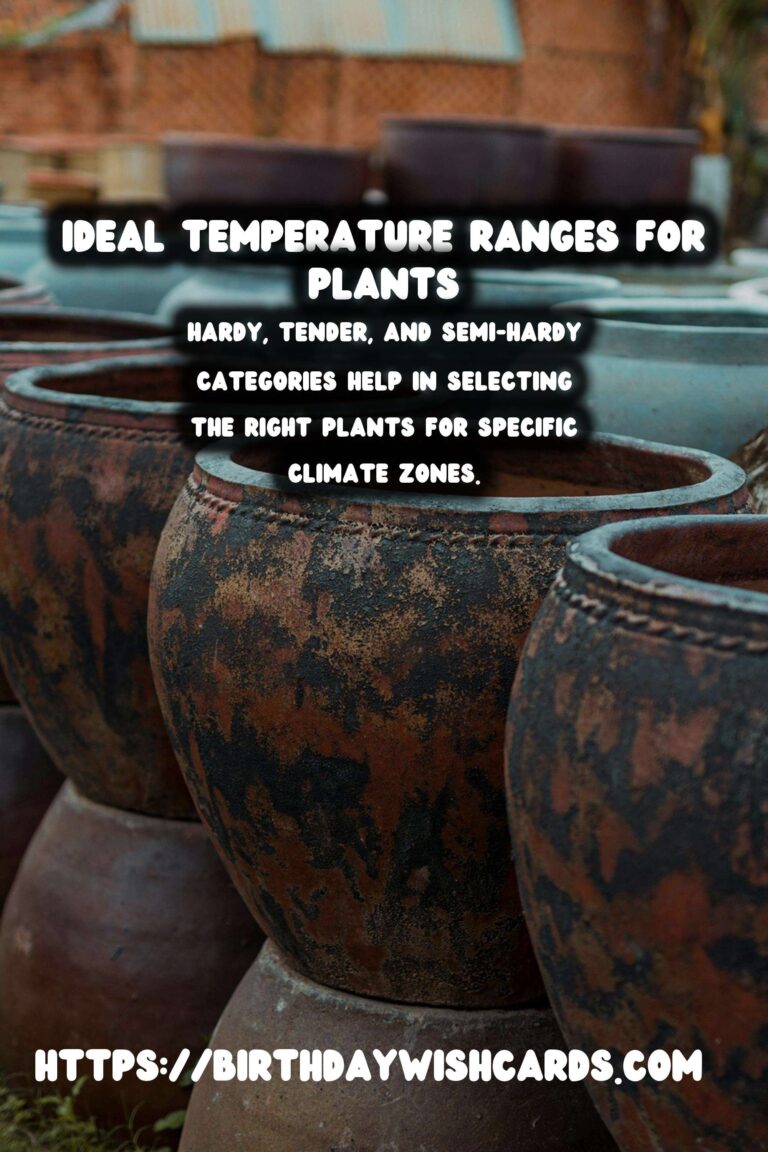
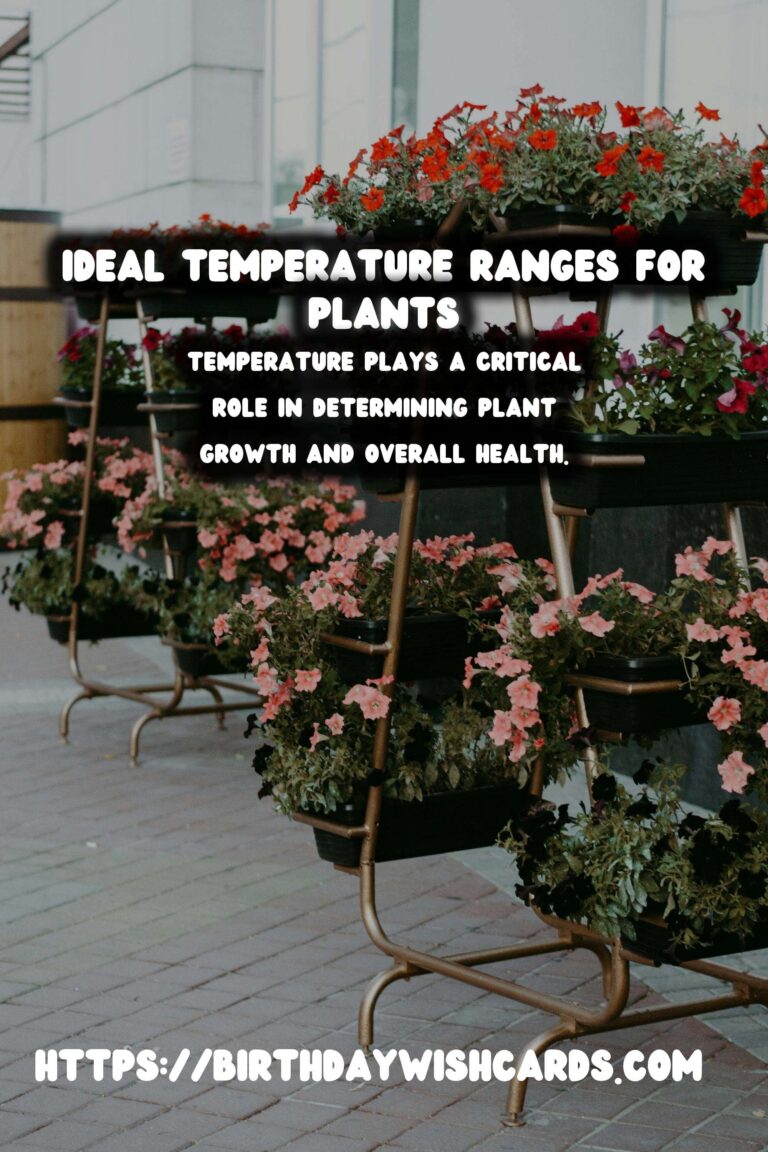
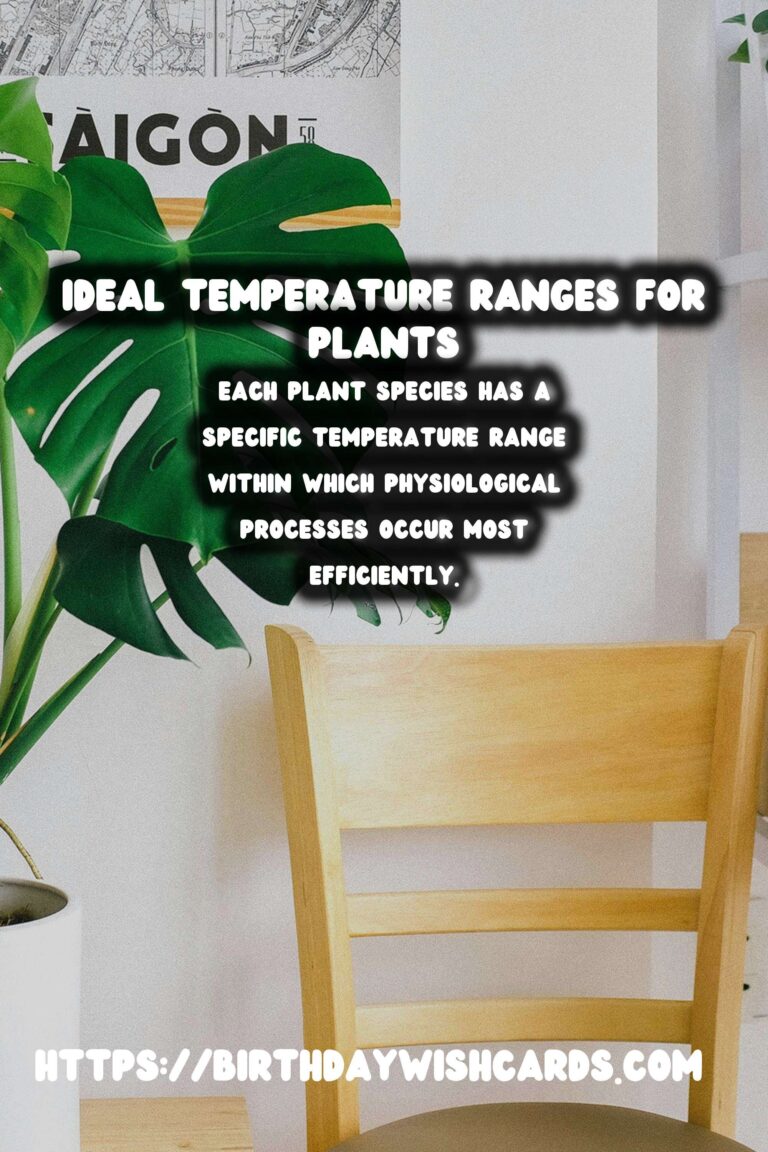

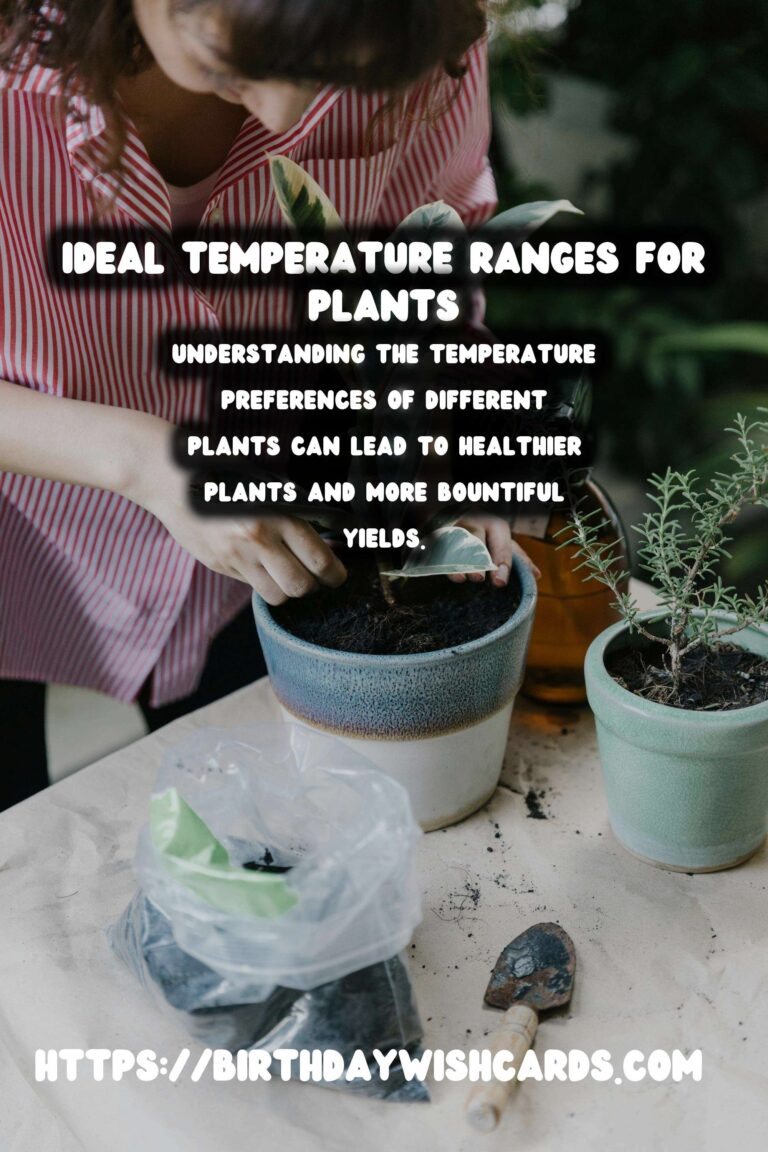
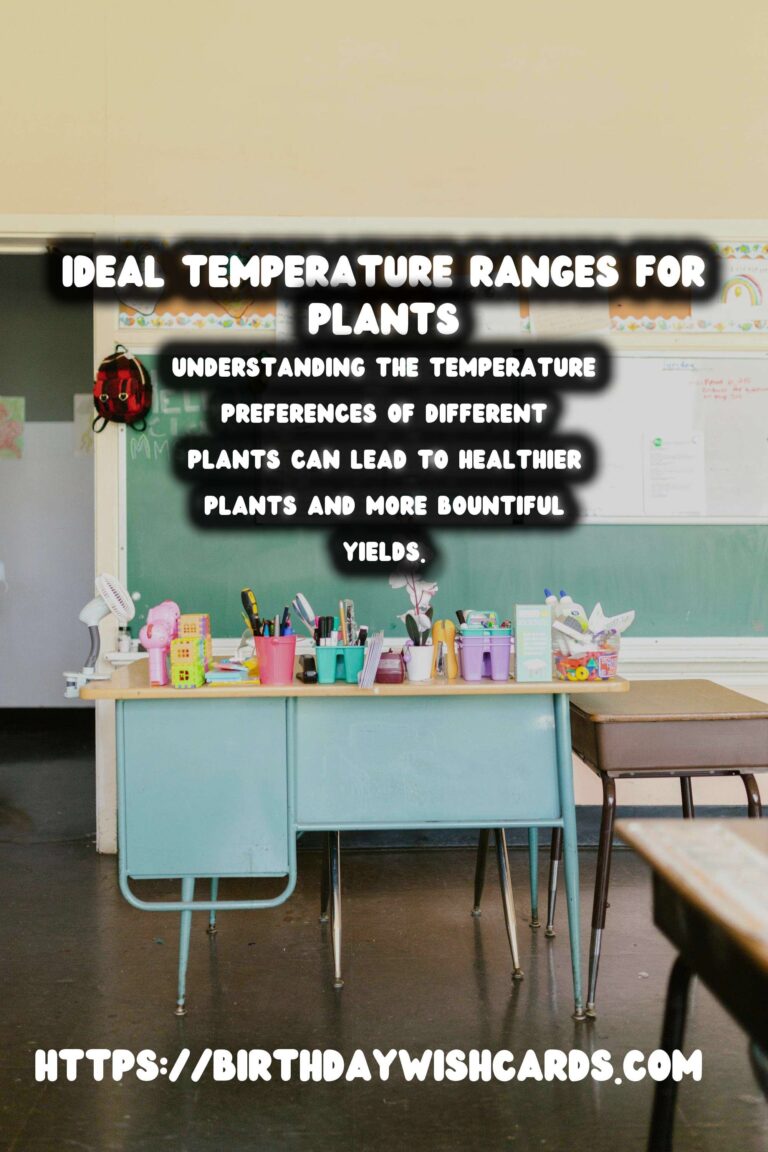
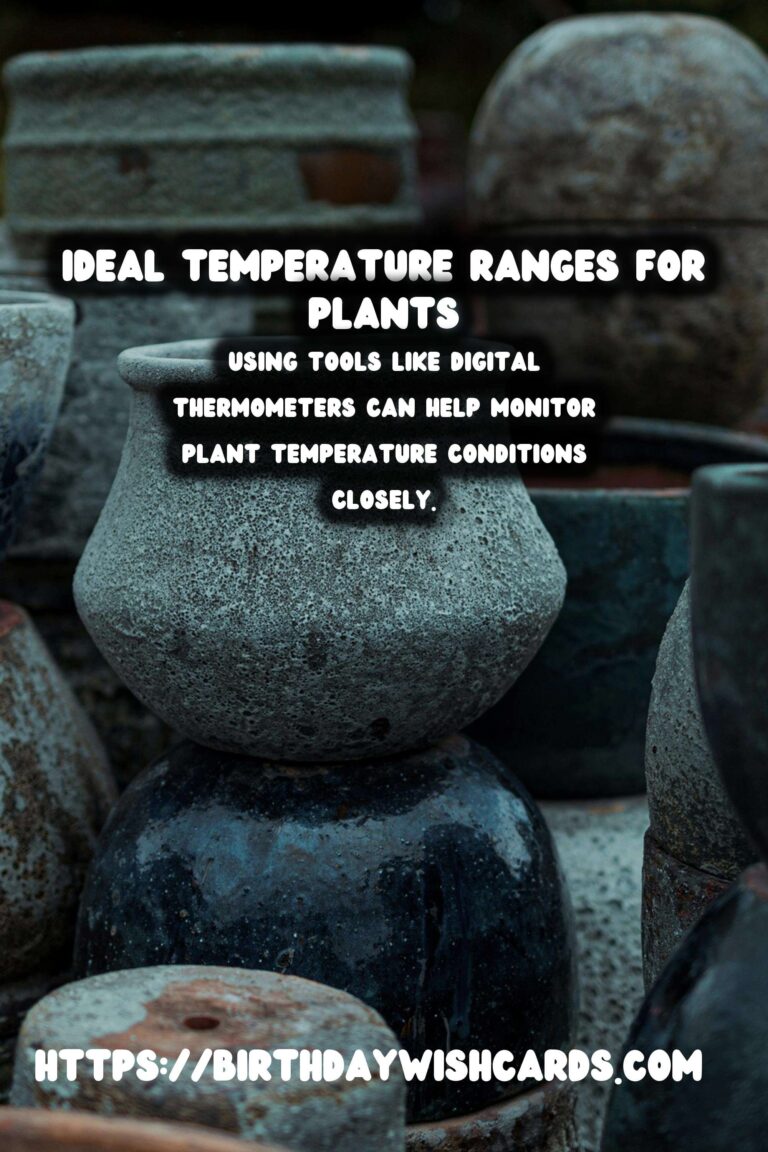
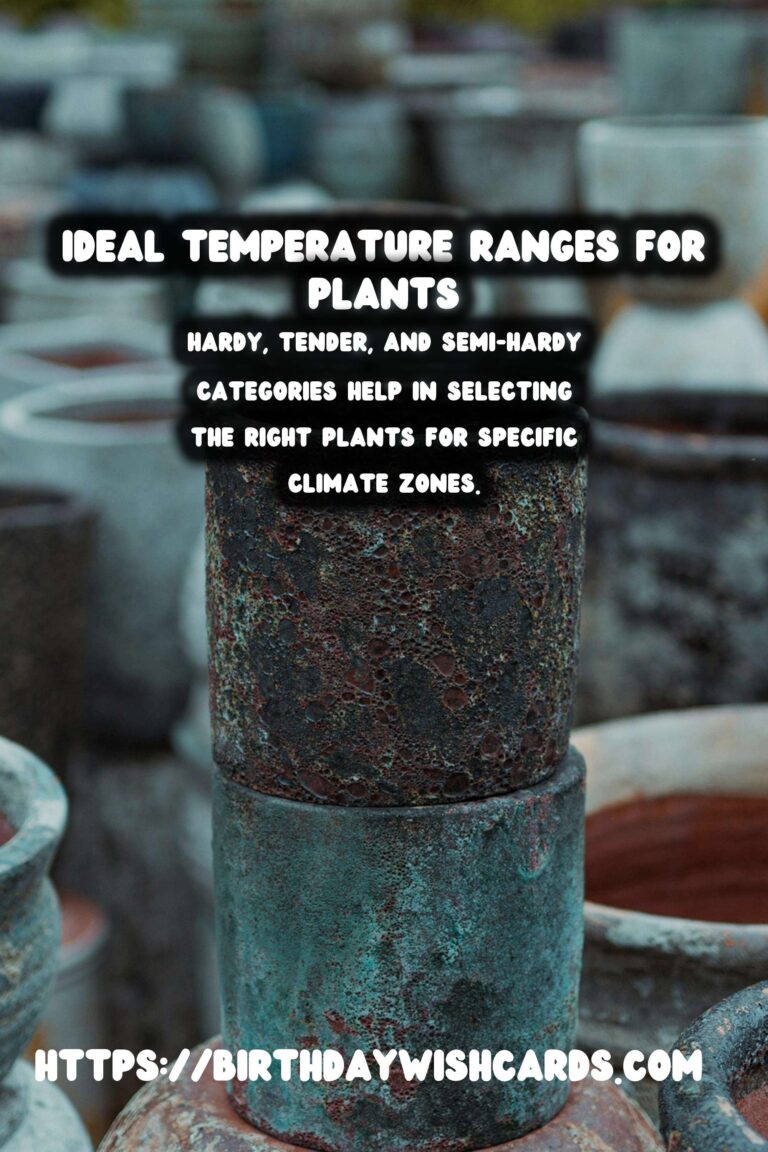
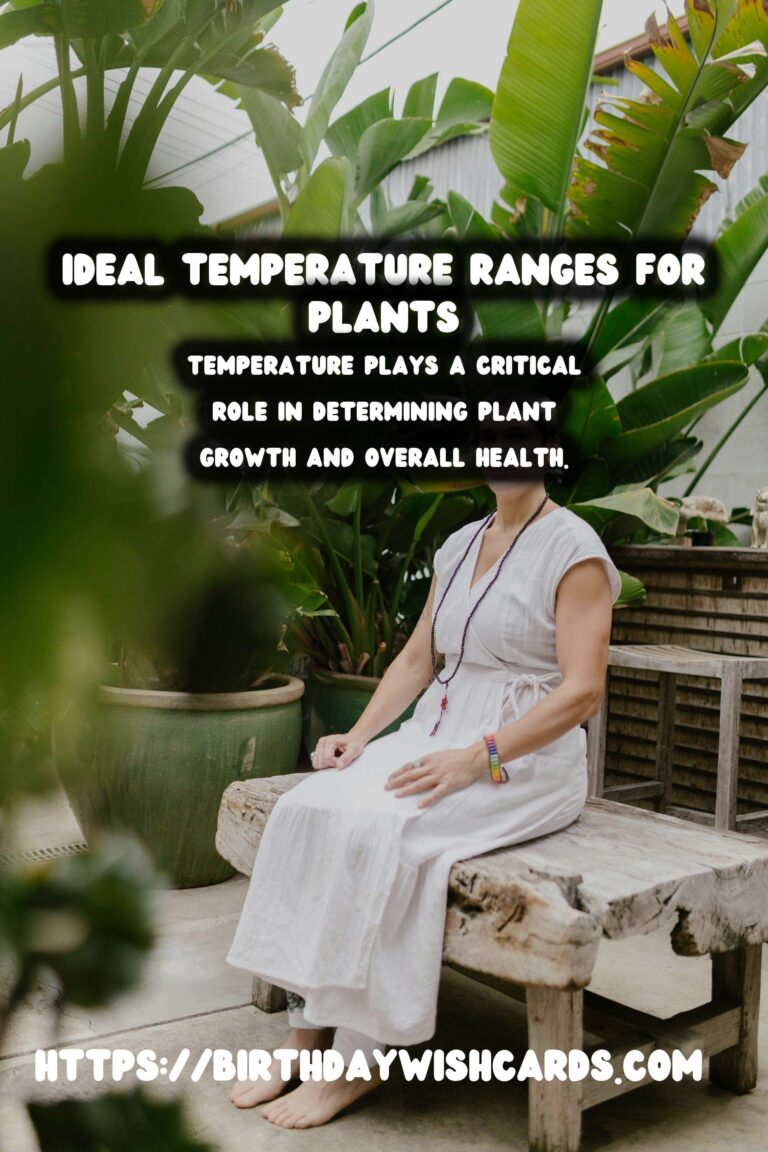
#PlantCare #GardeningTips #TemperatureControl #HealthyPlants




